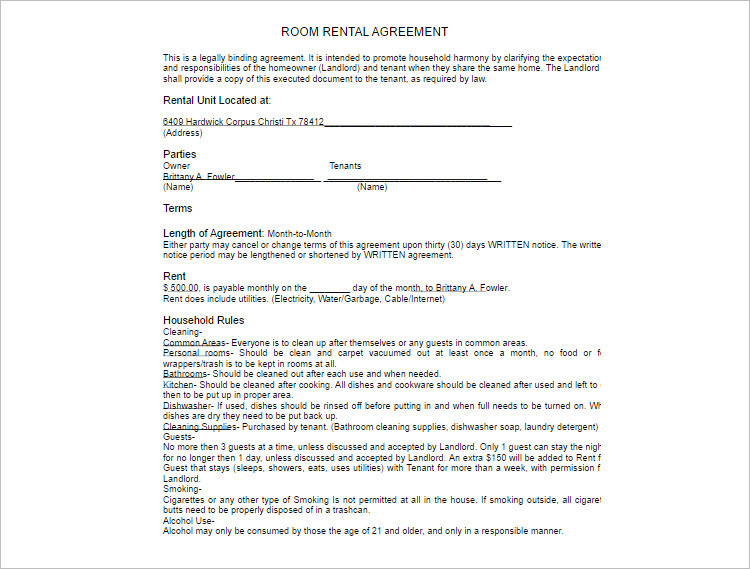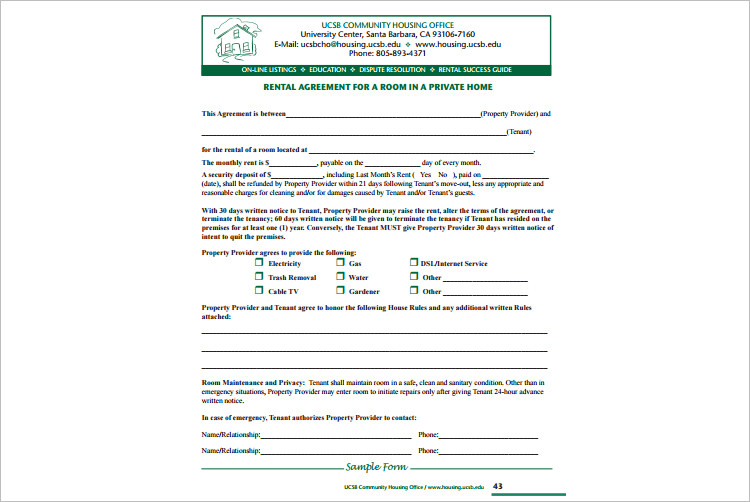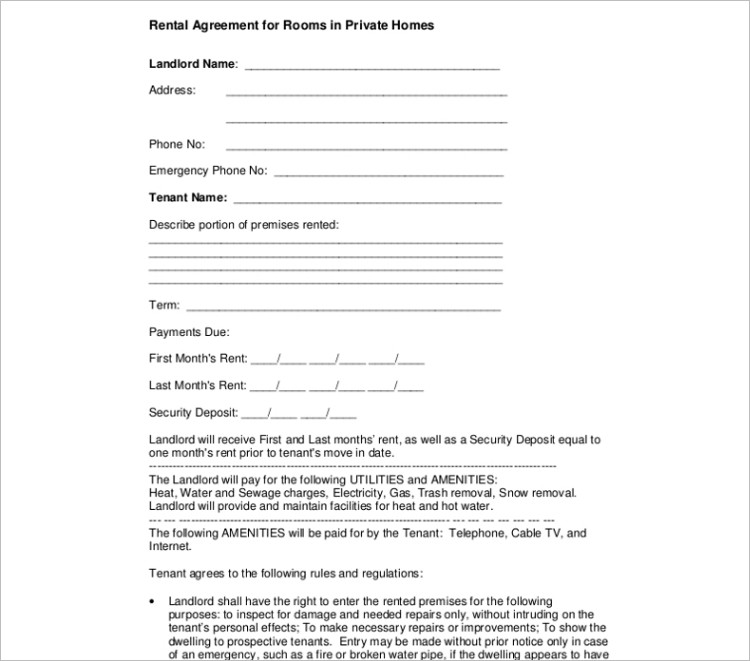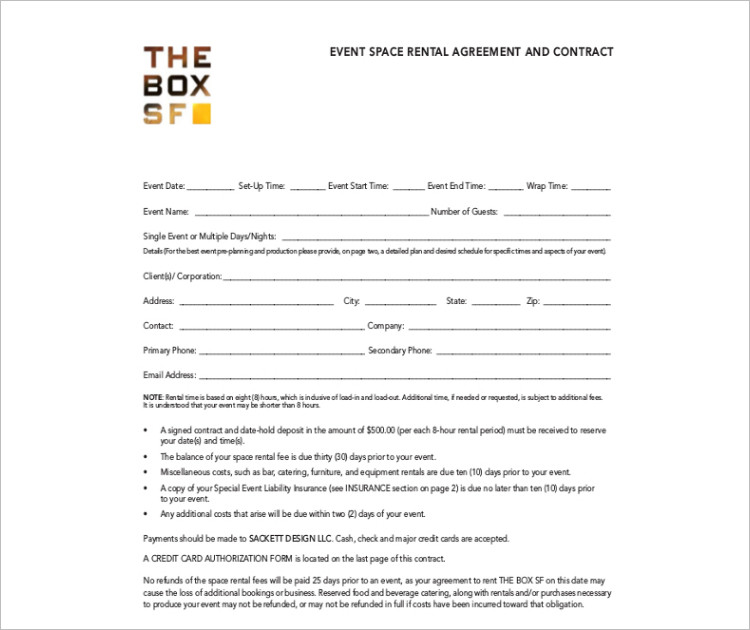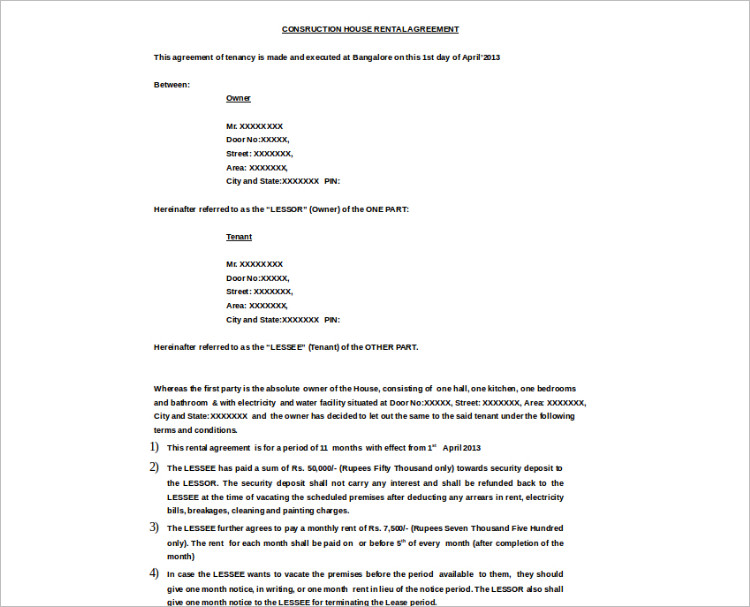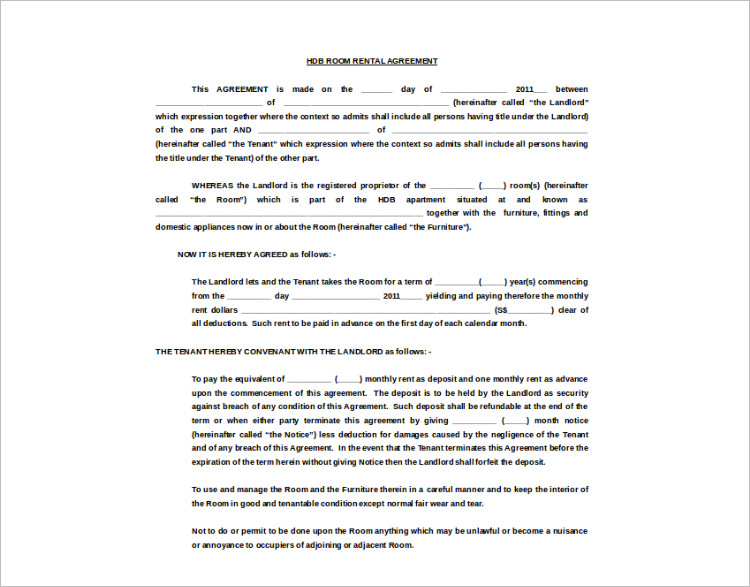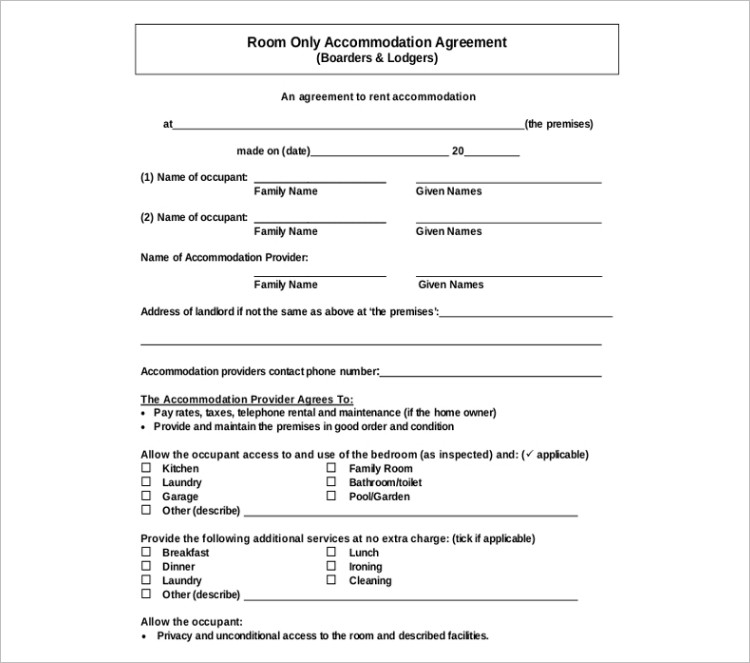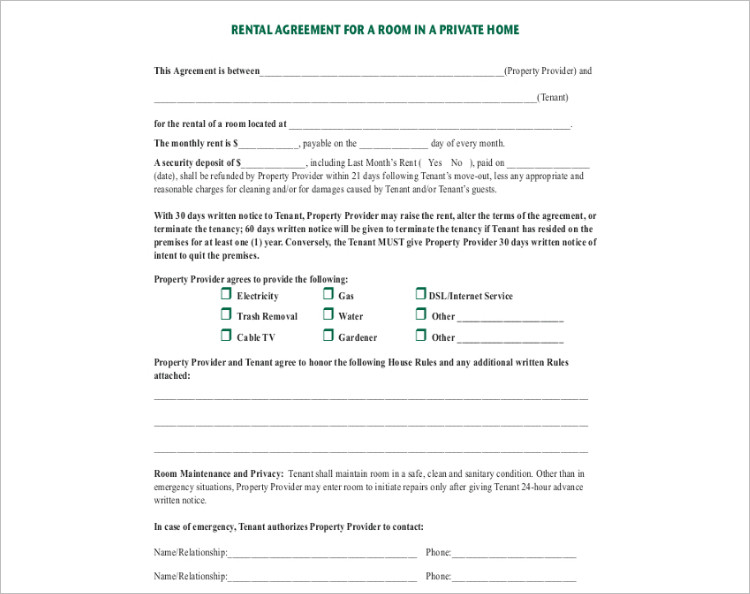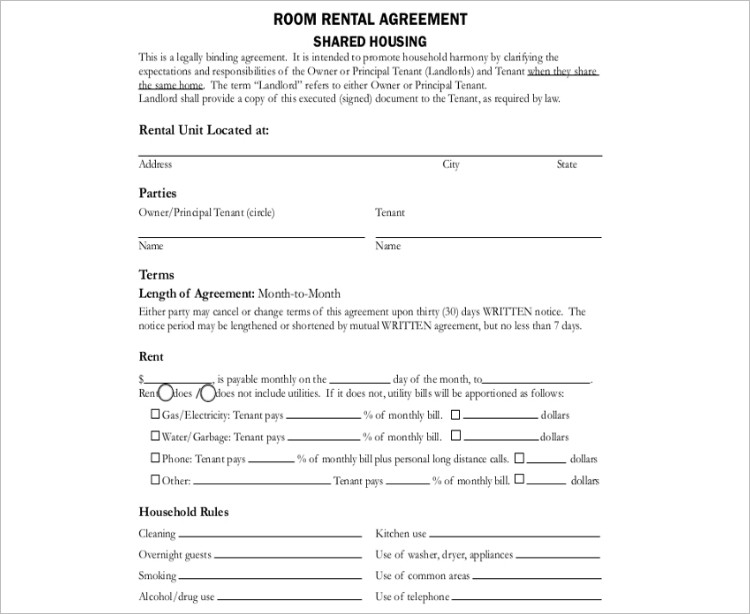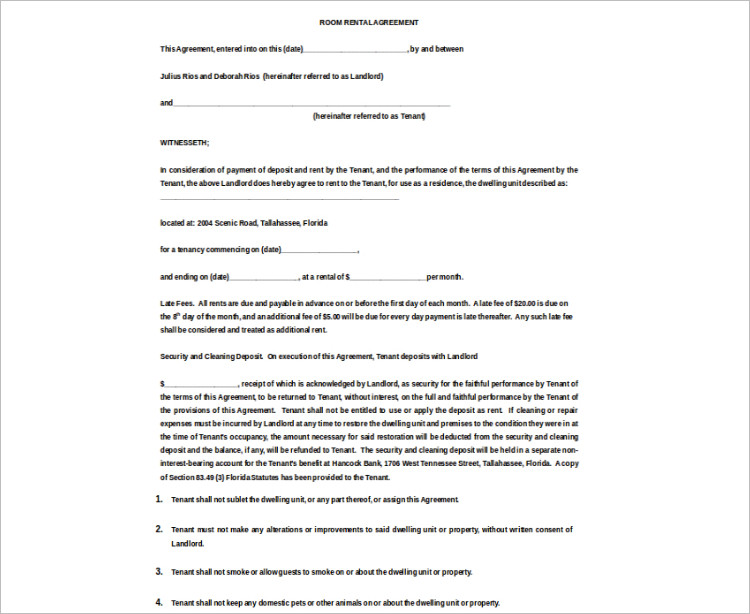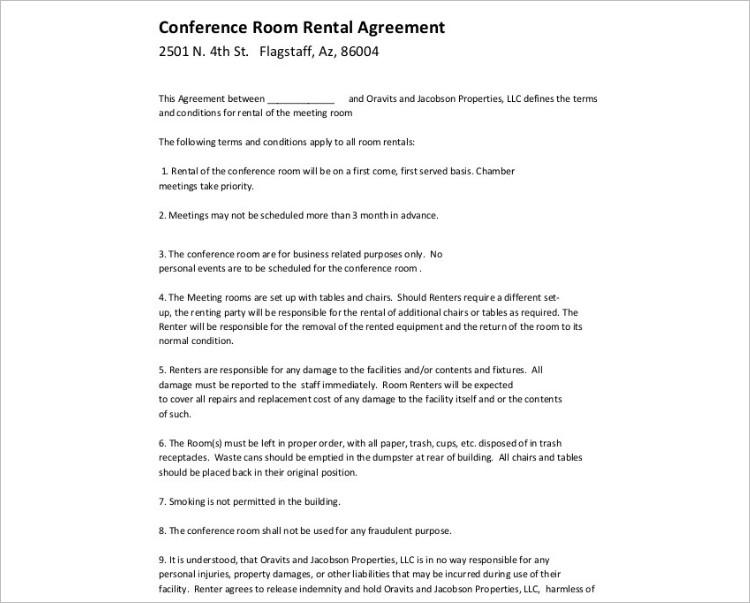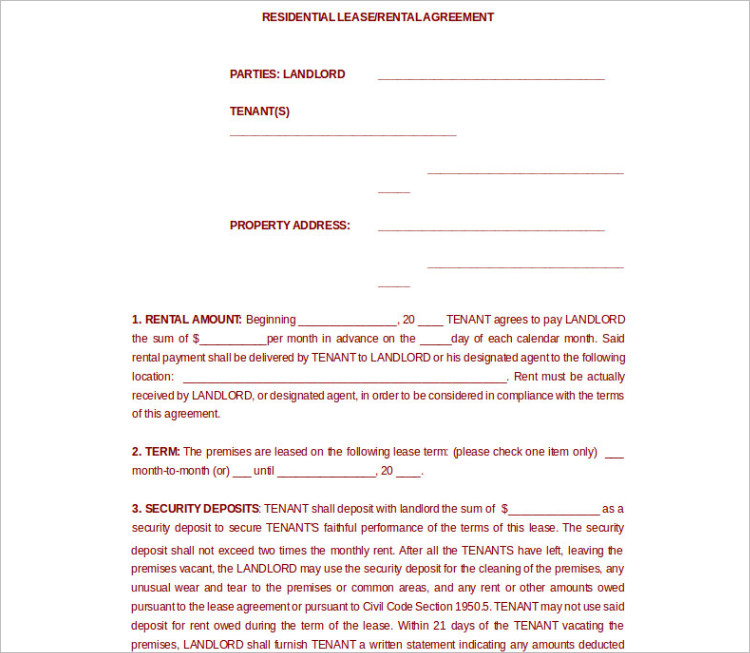In the realm of housing and property management, rental agreements play a pivotal role in defining the rights and responsibilities of both landlords and tenants. These legally binding documents establish the terms of the tenancy, outlining crucial details such as rent, duration of the lease, and maintenance obligations. In this article, we explore the intricacies of rental agreements, shedding light on their significance and key components.
The Foundation: What is a Rental Agreement?
A rental agreement, also known as a lease agreement or tenancy agreement, is a contract between a landlord and a tenant, outlining the terms and conditions governing the rental of a property. It serves as a legal framework that protects the interests of both parties and provides clarity on their respective rights and obligations throughout the tenancy period.
Essential Components of a Rental Agreement
- Parties Involved: The agreement should clearly identify the landlord(s) and tenant(s) involved in the rental transaction.
- Property Details: It should provide a detailed description of the rented property, including its address, unit number (if applicable), and any specific features or amenities.
- Term of Tenancy: The agreement should specify the duration of the lease, whether it’s a fixed-term lease (e.g., one year) or a month-to-month arrangement.
- Rent Payment: It should outline the amount of rent due, the frequency of payments (e.g., monthly), and acceptable payment methods. Late fees and penalties for missed payments may also be addressed.
- Security Deposit: Details regarding the security deposit, including the amount required, conditions for its refund, and any deductions for damages, should be clearly stated.
- Maintenance and Repairs: The agreement should specify the responsibilities of both parties regarding property maintenance, repairs, and upkeep.
- Utilities and Services: It should indicate which utilities and services (e.g., water, electricity, internet) are included in the rent and which are the responsibility of the tenant.
- Pet Policy and Restrictions: If pets are allowed on the premises, the agreement should outline any pet-related rules, restrictions, and additional fees.
Legal Considerations and Tenant Rights
Rental agreements are subject to local laws and regulations, which vary depending on the jurisdiction. Tenants have certain legal rights, such as the right to a habitable living environment, privacy, and protection against unfair eviction practices. It’s crucial for both landlords and tenants to familiarize themselves with their rights and obligations under applicable tenancy laws.
Conclusion: Facilitating Harmonious Landlord-Tenant Relationships
In conclusion, rental agreements serve as essential documents that define the terms of a rental arrangement and establish a framework for landlord-tenant interactions. By clearly outlining rights, responsibilities, and expectations, these agreements contribute to the smooth functioning of rental relationships and help prevent disputes. Whether you’re a landlord renting out property or a tenant seeking accommodation, understanding rental agreements is paramount for a successful and harmonious tenancy experience.
